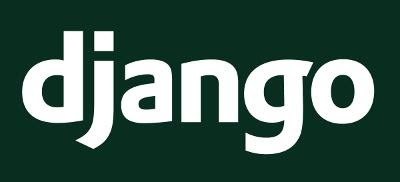Getting started with Django setup
First things first, before you start coding be sure you have the minimal setup done. Here in this post I am simply going to explain how you can start using django for your web development purpose.
In this post I am going to explain installing django in linux machines. I am a ubuntu user and like almost any of the linux distros ubuntu comes with python too. Since we already have python with us. It is good to go and install django.
But if you don't have python then you need not worry not, just you need is to type the following command to get python installed:
For fedora
By now definitely you have python in your system. Now its time to install djanog. Installing django is super easy if you have easy_install or pip in your system. Even if you don't have them in ubuntu you can use:
If you really want to use the setup tools of python [easy_install/pip] then you can proceed with:
Now you can fire your terminal and invoke the python interpreter. Just type import django and it will be imported which means django was successfully installed on your system.
In this post I am going to explain installing django in linux machines. I am a ubuntu user and like almost any of the linux distros ubuntu comes with python too. Since we already have python with us. It is good to go and install django.
But if you don't have python then you need not worry not, just you need is to type the following command to get python installed:
ubuntu$ sudo apt-get install pytho
For fedora
fedora$ sudo yum install python
By now definitely you have python in your system. Now its time to install djanog. Installing django is super easy if you have easy_install or pip in your system. Even if you don't have them in ubuntu you can use:
ubuntu$ sudo apt-get install python-django
If you really want to use the setup tools of python [easy_install/pip] then you can proceed with:
ubuntu$ sudo apt-get install python-setuptoolsAnd there after you can use:
ubuntu$ sudo easy_install djangoor
ubuntu$ sudo pip install djangoNOTE: easy_install and pip are available for other distros too like fedora,redhat, debian, etc...
Now you can fire your terminal and invoke the python interpreter. Just type import django and it will be imported which means django was successfully installed on your system.




Comments
Post a Comment